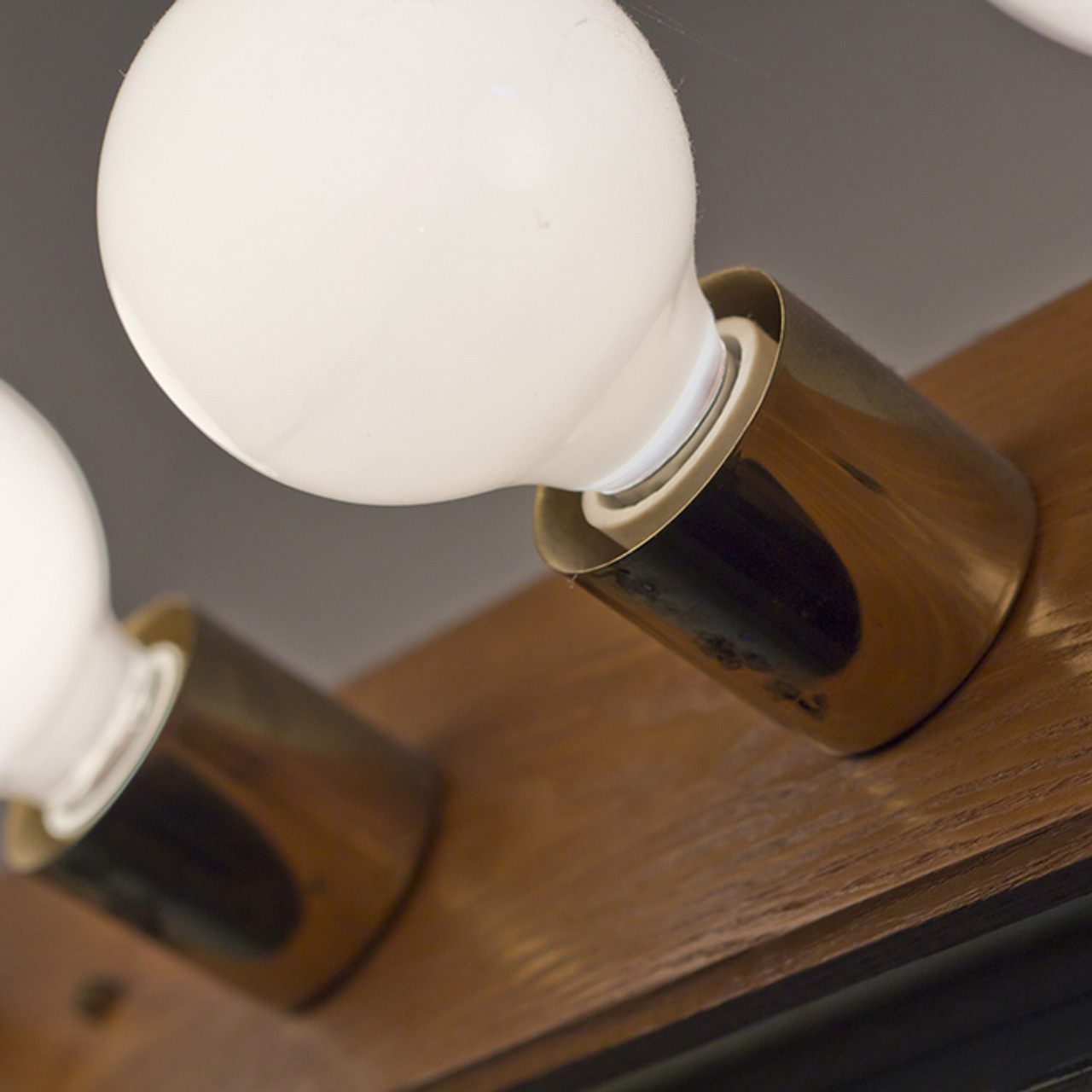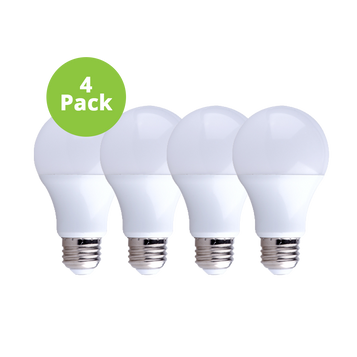Get the best of both worlds—energy savings and beautiful lighting. These globe LEDs work with many fixtures, making it easy to swap your current bulbs for these more efficient ones. Enjoy this “go-green” light for years to come. 25,000-hour life.
ENERGY STAR® certified for quality.
These Globe LEDs:
- Replace 40-watt incandescents & compact fluorescents
- Seamlessly fit in chandeliers, wall sconces, decorative lamps, ceiling fan lights and an array of dimmable fixtures
- Not for use in totally enclosed fixtures
Product Warranty: 5 Years
How’s color temperature measured?
Color temperature is expressed in kelvin (using the abbreviation “K”), a unit of measure for absolute temperature. When the color temperature is over 5000 K, it’s referred to as "cool-colored" (bluish-white). Lower color temperatures (2700–3000 K) are called "warm-colored" (yellowish-white through red).
These bulbs are available in 2700K.

What’s a lumen?
A light’s brightness is measured in lumens (abbreviated as “lm”). If a light bulb is super bright, it produces a lot of lumens. Because LED lighting delivers more lumens per watt of electricity, LEDs are a more efficient light source than incandescent bulbs.
These bulbs deliver 450 lumens.

Lifetime hours
This bulb is about 60 percent more efficient than a standard 10,000 hour fluorescent bulb. One LED bulb typically lasts about 22.5 times more than an incandescent bulb and about 2.5 times more than a fluorescent bulb.

 US Dollars
US Dollars



















